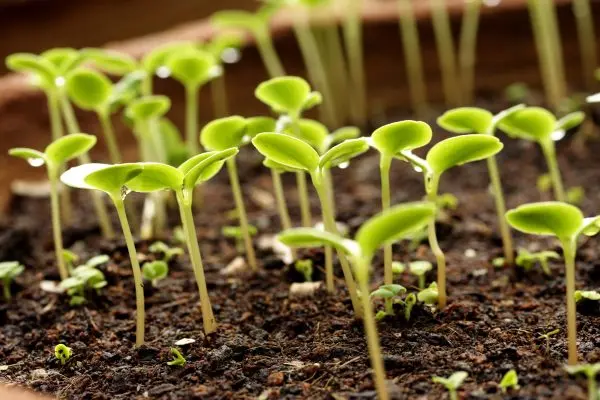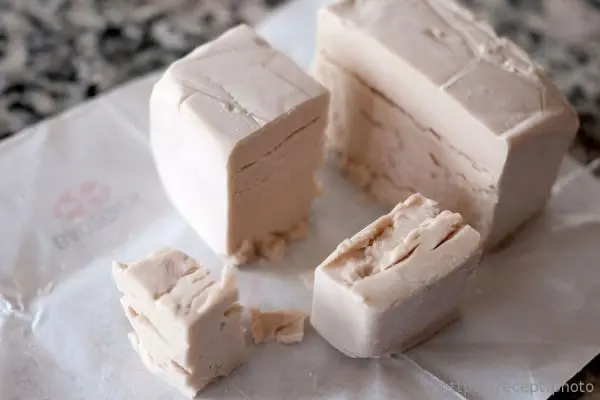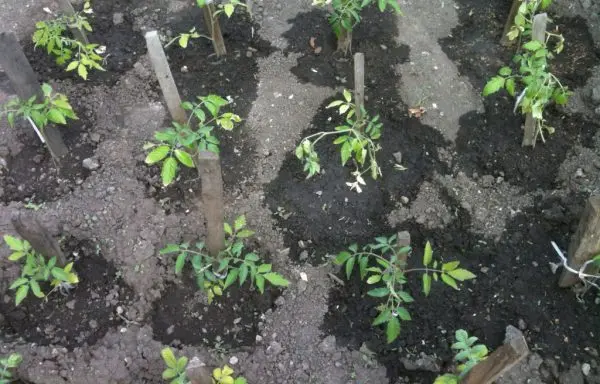Contents
What is in the stock of any self-respecting cook? Unicellular fungi that have come to exist in liquid and semi-liquid substrates, in other words, yeast. They are used to make fluffy dough, sourdough, if we are talking about the kitchen. They are an indispensable ingredient for fertilizers if we are talking about the garden. The composition of yeast includes proteins, amino acids, many macro- and microelements. Use them in different areas of life: in cooking, children’s pranks, and just feed the garden.
Than are good yeast for seedlings
Let’s see how exactly yeast will help a novice or avid gardener. The primary effect of yeast on plants is to strengthen and increase plant endurance. It is not always possible to arrange all the plantings so that the crops have enough sunlight. Yeast top dressing will help reduce damage from lack of lighting. In addition, this substance strengthens the cuttings and shoots of shrubs, stimulates the development of the root system.

Fertilizing with yeast not only stimulates plant growth, but also becomes a source of new beneficial bacteria for development. Simple arithmetic is used: under the influence of yeast, plants form roots almost two weeks earlier, while increasing their number several times. Agree, a good help for getting strong and healthy seedlings.
Fertilizing crops in early spring leads to the fact that plants tolerate picking more calmly and stretch much less. Positive manifestations affect not only the appearance of the plant, but also its structure, future yield. They are fed with yeast in order to rebuild the composition of the soil.
Yeast activates microorganisms, which accelerates the processing of organic matter and the release of nitrogen and potassium into the soil. They most actively affect tomatoes, cucumbers, peppers, and have a beneficial effect on the growth of petunias and geraniums. In principle, any plant will be happy with a nutrient mixture that facilitates growth, helps to better cope with environmental influences.

Feeding proportions
Given all the positive aspects of the impact of yeast cultures on plants, you need to be smart about the composition of the nutrient mixture so as not to harm the plantings. You can fertilize by other means, but why, if you always have yeast on hand. The basis for any mixture is yeast, sugar, water. For 10 liters of water, there are 10 g of dry yeast and 3-5 tbsp. spoons of sugar. True, the resulting solution will still have to be diluted 1:10, otherwise the concentrate will harm the plantings.
Video “Yeast seedlings»
A recipe for preparing a yeast solution for feeding young plants.
How to prepare feed
Let’s go directly to the mortar recipes, which vary depending on your wishes and the plants to be treated.
- Mix mushroom powder with chicken manure extract, wood ash, sugar. Fill with water, and then leave for a day so that the solution stretches. Dilute the solution before treating the beds.
- Mix 5 liters of water with live yeast, let stand 6-8 hours before use.
- Stir 10 g of powder, 2 tbsp. tablespoons of sugar in 10 liters of warm water, insist for 2-3 hours. Dilute the solution 1:5 before use.
- Mix 1 bucket of green grass, 0,5 kg of crackers, 500 g of mushroom powder in a 50-70 l barrel, leave for 2-3 days.
- In 5 liters of warm water, dilute 2 g of ascorbic acid, 2 tbsp. spoons of sugar and 1 tbsp. a spoonful of powder. Insist for a day, dilute the solution 1:10 before use.

As you can see, quite a lot of nutrient mixture is obtained from improvised means. They use not only grass, as an ingredient it is suitable: potato tops, leaves from trees, bushes, hops. Bottom line: you will get a fertilizer rich in nitrogen, which can be fed to any seedlings or adult plants. You can feed the crops with absolutely any means at hand – the result will only improve.
True, it happens that mushroom powder is not at hand. Then the sourdough can be made from wheat grains. Take a glass of wheat, fill it with water, and then leave it for a day in a warm, dark place. After the grains swell, grind them into porridge, add 2-3 tbsp. tablespoons of sugar and flour – you should get a viscous, thick mass. Boil it over low heat and put it again in a dark, warm place for a day. Then it remains only to dilute with water before use.

Application rules of
Mixing the solution is half the battle. The main thing is to properly fertilize their seedlings. To accelerate the growth of cuttings, you can immerse them in the solution for a day. Here lies an important point – yeast loves heat, in the cold their development slows down. You will need well-warmed soil for the fertilizer to work to its full potential.
Often it is impossible to fertilize or feed seedlings. You can save this remedy for cases of transplantation or plant disease. Remember, fertilizer stimulates vegetation. In addition, fermentation actively absorbs potassium and calcium, so it is important to fertilize the soil with wood ash so that the soil does not become depleted. Before fertilizing seedlings, moisten the soil, but do not make it too wet.

Yeast top dressing of seedlings is a quick and, as they say, simple matter. By mixing 10 liters of solution, you get 10 buckets of a ready-to-use substance. With this amount, you can feed 20-30 tomato bushes! And how cucumbers will be delighted with such a gift. After 3-4 days, you will notice that the leaves of the seedlings have become shiny, smooth, and the stems have become stronger. You can apply the solution several times a season and get healthy, prolific crops.
Video “Yeast feeding seedlings»
Video review on the use of yeast fertilizer for seedlings growing in the open field.









